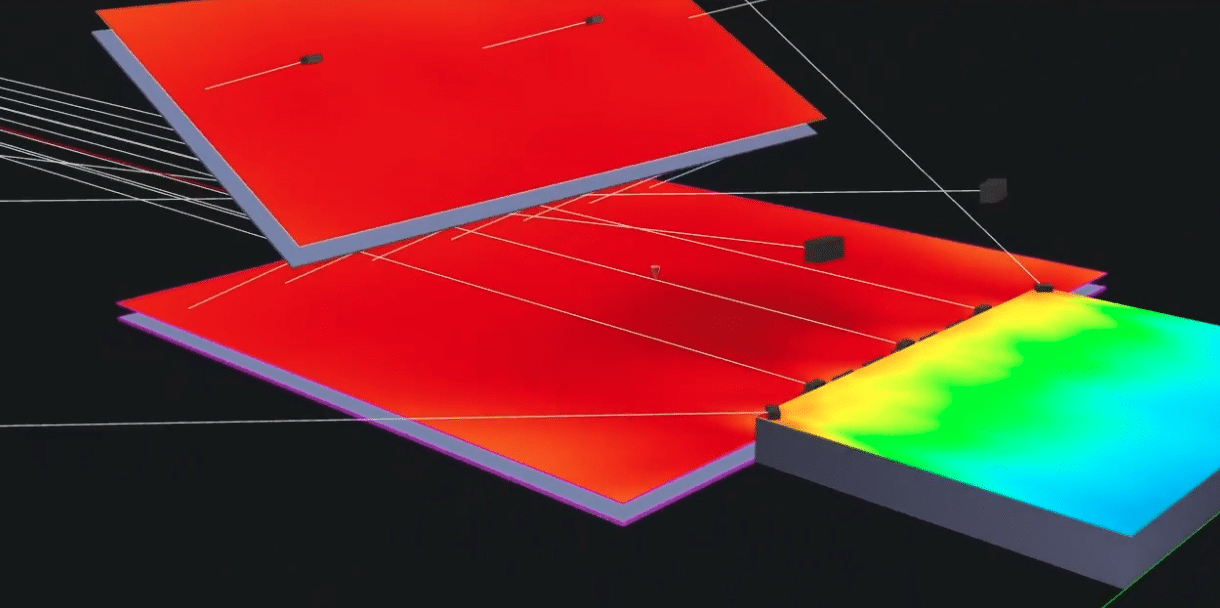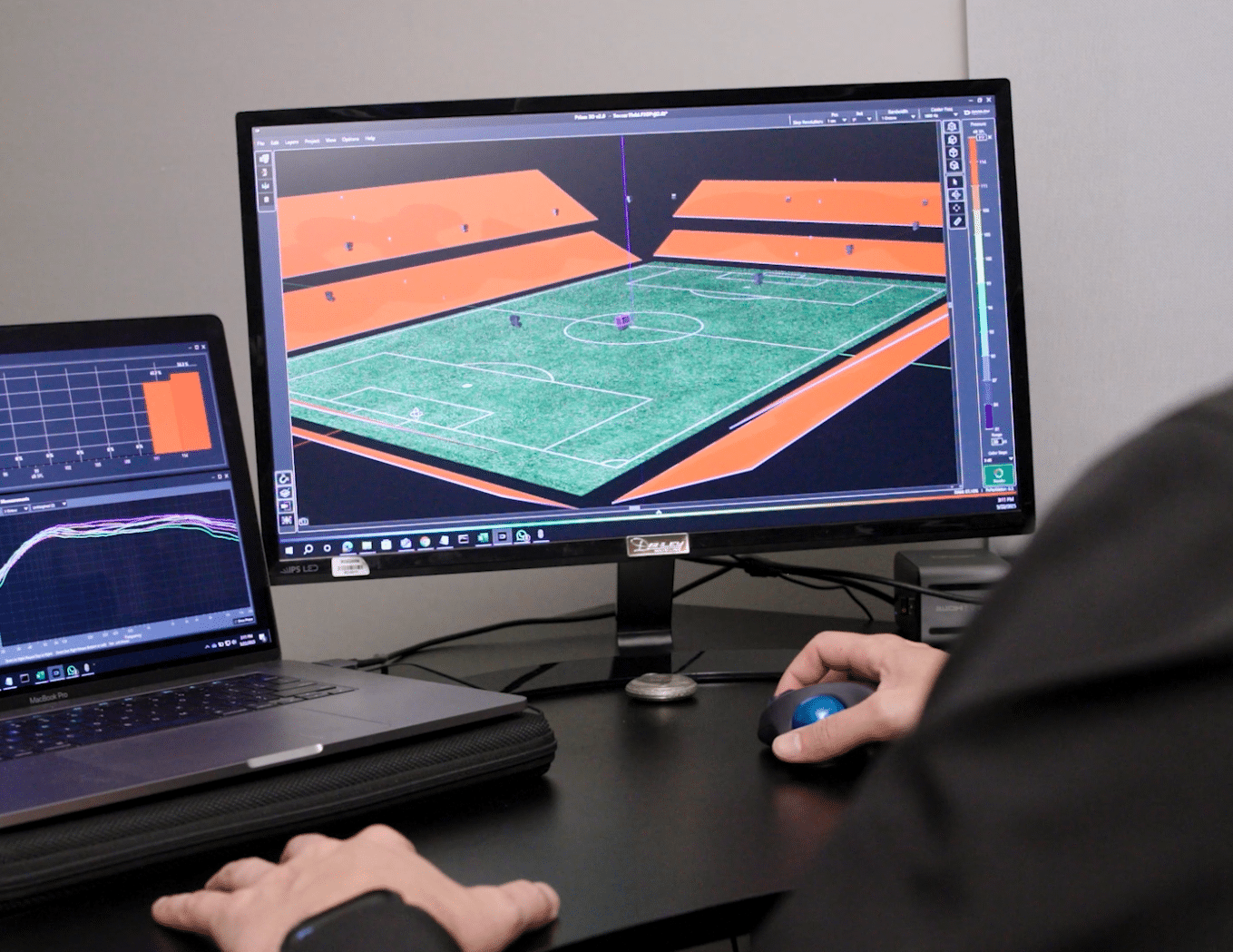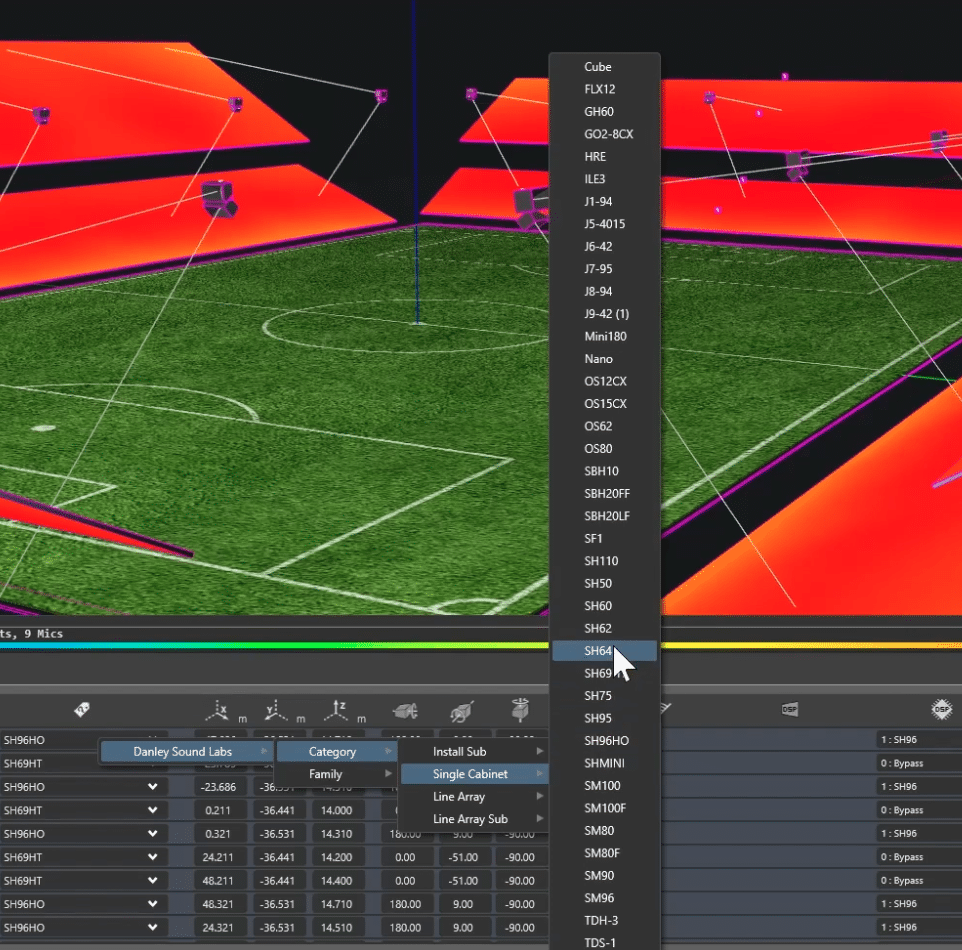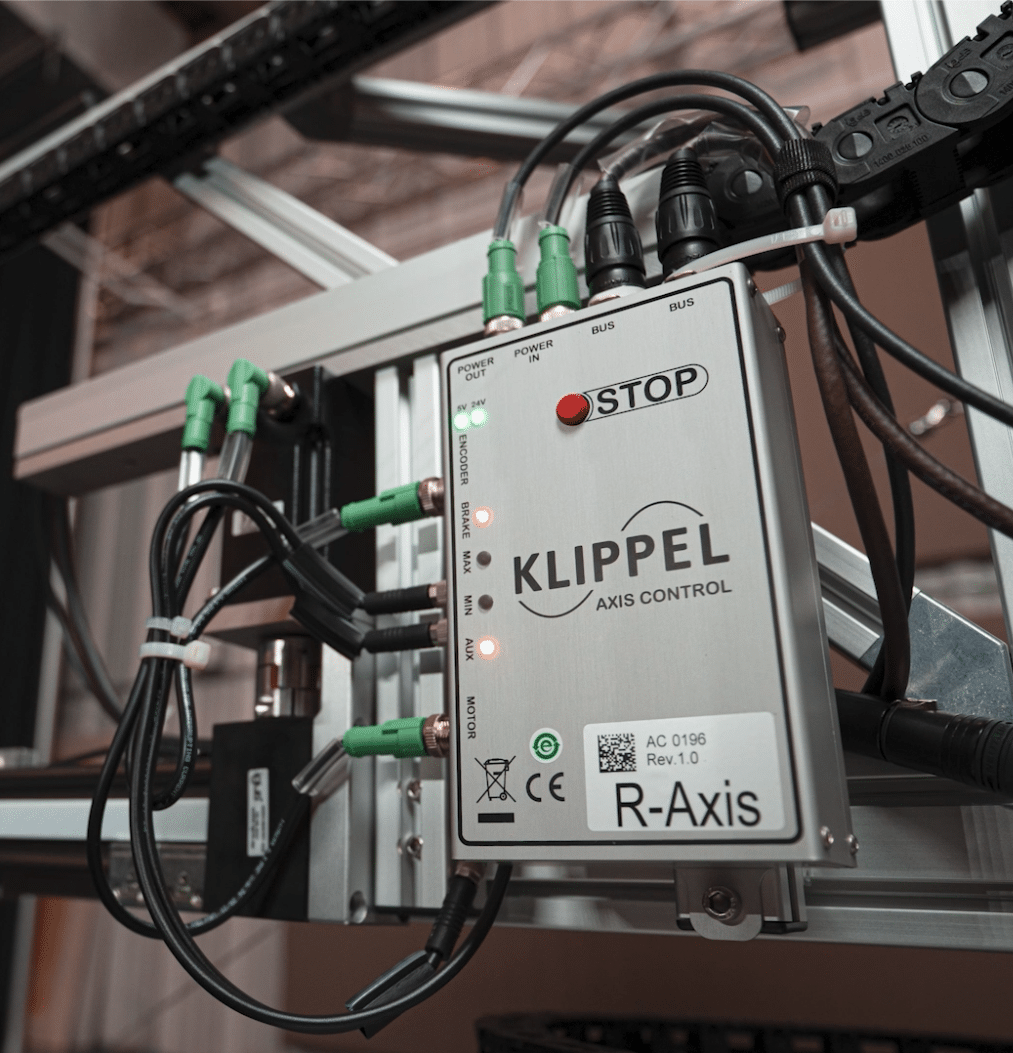Danley Prism 3D is an electro-acoustical prediction software for loudspeaker systems, boasting comprehensive high-speed simulation in a three-dimensional environment. With a sophisticated design, Prism 3D stands out for its speed and ability to complete simulations in just a few seconds.
Danley Prism 3D


Danley Prism 3D Training
Join Engineering Technology Manager Jason Spencer on Tuesday, July 8th for a free webinar on the basics of Danley Prism 3D at 9 AM or 2 PM EST.


Users can create complex-shaped surfaces as listening zones (venues) inclusive of trapezoidal forms, semicircles, circles, rectangles, and other asymmetrical forms. Each corner in a 4-vertex surface is independently definable as straight or round.
Blueprints can be loaded and used as a reference point or template on which to reproduce the venue more closely to reality. Users can also add textures and ornaments (decorative 3D objects) that can be found in the library to make the project more realistic and visually appealing.
Prism 3D allows acoustic simulation for an unlimited number of sound sources and audio systems. Users can place as many systems (subwoofers, clusters, and individual cabinets) as they desire or they can create groups of customized sound systems.
Users can also create a cluster of cabinets selecting the desired model of cabinet from the product library. When clusters are created, users can change the separation (meters) and the angle of the loudspeakers inside the cluster. Linear and angular distribution is available.
If at any point users need to change specific values of a cabinet inside the cluster, users have an “Explode” tool to transform the cluster into single cabinets.
Users may also create custom designs using multiple edition and productivity tools in a variety of ways.
To work in a more organized way, users can create multiple layers with different names and colors to distinguish them. All elements within a layer can be selected and/or moved among them. Users can also lock layers, delete them, or disable speakers for simulation.
Adding DSP processing to sound sources allows users to make corrections and optimize sound using EQ filters, delay, gain, and polarity inversion.
Prism 3D also allows users to visualize the dB SPL distribution in percentages, providing a more detailed view of acoustic coverage and system performance. This functionality allows professionals to gain a deeper and more accurate understanding of how sound is distributed in a given space facilitating informed decision-making to optimize acoustic configurations.

In addition, functionality to capture, export, and import measurement curves is available. This feature is essential for conducting precise comparative analyses enabling users to easily evaluate different scenarios and configurations. The ability to overlay and compare multiple measurements significantly enhances the accuracy and efficiency of acoustic evaluations.
Users can apply A and C weightings to measurements within the software ensuring that the results comply with professional acoustic standards. A and C weightings are crucial for adherence to industry regulations and guidelines allowing for more accurate assessment of how the human ear perceives sound in different contexts.

Prism 3D allows users to insert images of a project and set reference measurements between two points on the plan image, proportionally scaling the dimensions of the area. This functionality is vital for precise calibration and system design in complex projects ensuring that every detail is perfectly aligned and optimized. The ability to visually integrate images with measurements facilitates more coherent and efficient planning and execution of acoustic projects.
Among the myriads of other tools available users will find a wizard to set up different loudspeaker arrangements and a ruler to take measurements (meters) in the 3D scene. A PDF report can be generated with extensive information that includes 3D views of the project as well as a list of surfaces and loudspeakers with set-up data and EQ.
All Danley loudspeakers and subwoofers available in Prism 3D are based on high-resolution Klippel NFS measurements and updated specifications, offering greater consistency and accuracy.
Frequently Asked Questions
Will Danley Direct still be available?
Yes, it is still available for download here but updates will no longer be available.
Is Prism 3D compatible with Mac computers?
Prism 3D would work on Mac if they are running Parallels – an award-winning software that allows the user to run Windows on Mac.
What are the system requirements?
Windows 10 64-bit or latest version
For 3D graphics: Direct3D 11.1 or higher
Display Resolution: 1440 x 900 or higher
64-bit core clocked at 2GHz or better
RAM: 8 GB or higher
Hard Disk Space: 2 GB free disk space is required for full installation of all libraries
Are all products available in Prism 3D?
Danley is actively completing the addition of all of Danley’s most popular products to Prism 3D. A limited set of 50 Danley loudspeakers and subwoofers will be available at launch with remaining products added automatically to the library over the coming months.
What is the difference between Direct and the new software?
Prism 3D is a massive upgrade from our popular Danley Direct platform and offers a number of features many of our customers have asked for over the years. Prism 3D features significantly faster processing, a modern interface, and advanced visualization capabilities. Most importantly, all models are now based on high-resolution Klippel NFS measurements and updated specifications offering greater consistency and accuracy.
Can I print reports?
Yes – reports can be exported as PDFs and printed including 3D views, EQ data, SPL coverage maps, and system setup details.
Can I import an image?
Yes. You can import venue reference images and scale them by setting known measurements between two points.
Can I import a wireframe from SketchUp or CAD?
Not currently. Venue geometry must be created using Prism 3D’s internal drawing tools.
Can I simulate subwoofer arrays and cardioid patterns?
Yes. Prism 3D supports subwoofer arrays with delay, polarity, and spacing adjustments including cardioid configurations.
Does Prism 3D support time alignment and delay settings?
Yes. You can apply delay values to individual speakers or groups to align arrival times.
Is FIR filtering supported?
Currently, Prism 3D supports DSP simulation with IIR filters (e.g. PEQ), gain, delay, and polarity. FIR modeling is not yet implemented.
Is there multilingual support?
Not currently. The software is only available in English.
Is there a mobile or tablet version of Prism 3D?
No. It is available only as a Windows desktop application.
Can I share projects with other users?
Yes. Files can be shared and opened by others with the same software version and library set.
Can I simulate outdoor environments?
Yes. Prism 3D supports open-field simulations for outdoor venues and public spaces.
What is “percentage SPL distribution?”
It visualizes the uniformity of coverage, showing what percentage of the audience falls within defined SPL ranges.
Are Direct and Prism 3D project files compatible?
No. Due to format and feature differences, files are not cross-compatible.
Does the software include rigging or mechanical safety information?
Yes. Prism 3D includes mechanical constraints and rigging safety checks, validating array angles, spacing, and load limits based on manufacturer specifications.